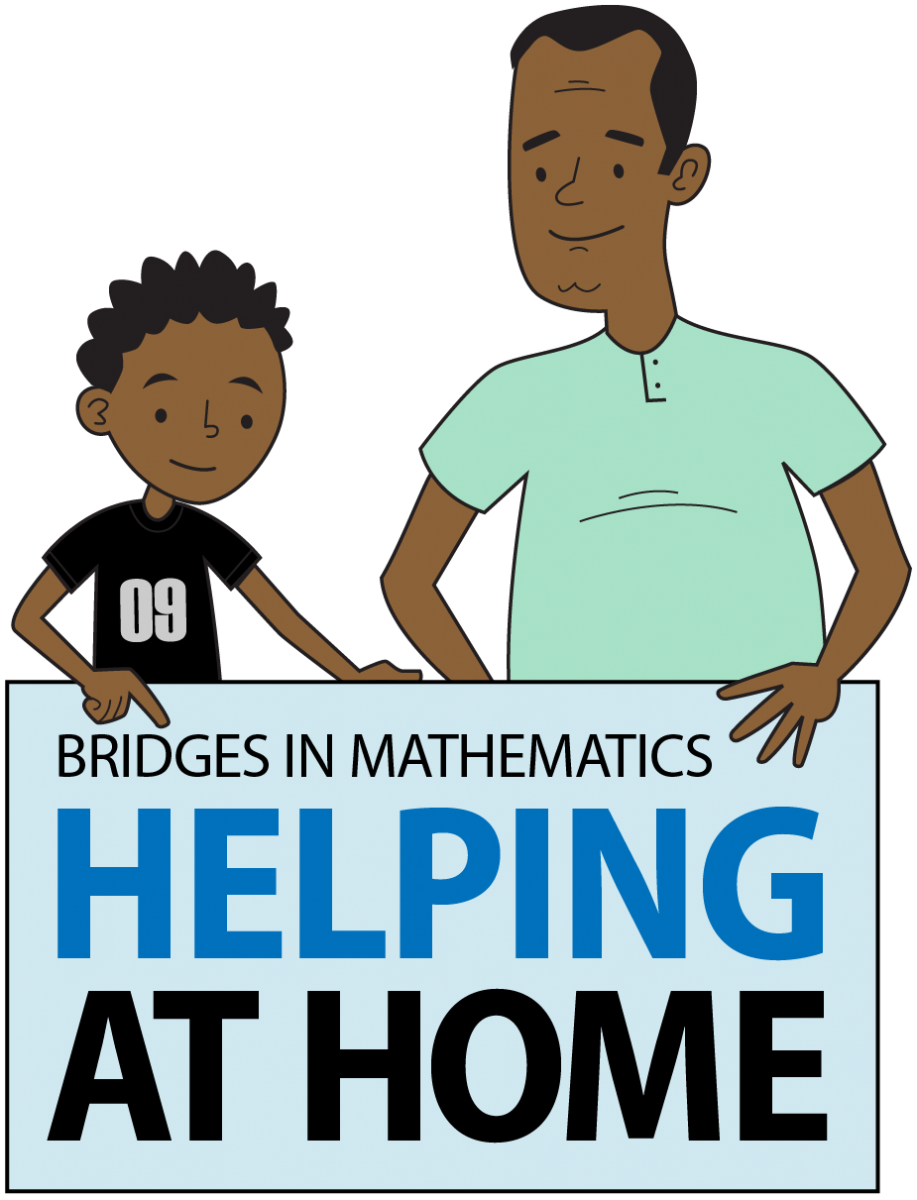
Helping at Home: Asking Questions
Raise your hand if you’ve heard a parent or guardian ask how they can help with home learning. Providing guidance to families can play a critical role in establishing a growth mindset in children.
We know that a large body of research has confirmed the impact of parents’ beliefs about math on their children’s achievement. (See this article from You Cubed to learn more.) As Bridges educators, we also understand the importance of valuing a child’s process in problem-solving as much as or more than the answer itself.

The challenge is that best practices in mathematics education run counter to what most adults experienced learning mathematics as children. For many, memorization, getting the answer, and getting it quickly were the cultural norms they experienced. While many adults openly acknowledge the anxiety these norms created, they may find themselves confused or frustrated when they try to help their children. How might we build our families’ toolkits so they are better equipped to offer support? As Jennifer Christensen points out in her post “Partnering with Families Toward a Growth Mindset,” the first step for families is to talk to their child.
This one-page document, titled "Helping at Home: Asking Questions," suggests two rules of thumb and offers four simple questions that are appropriate across grades and mathematical content. Although not directly cited in the document, the questions align with the four categories in the Math Practice Standards and are drawn from the Questions That Elicit the Math Practices chart from Section 3 of the Bridges Assessment Guide.
We know that families want to help. The next time you’re asked how they can do that, smile and share a few pointers for talking with their child.
Welcome to our Helping at Home series. If you have ideas for future topics to support families, please share in the comments section below. Up next: What Do I Do When My Child Makes a Mistake in Math?
